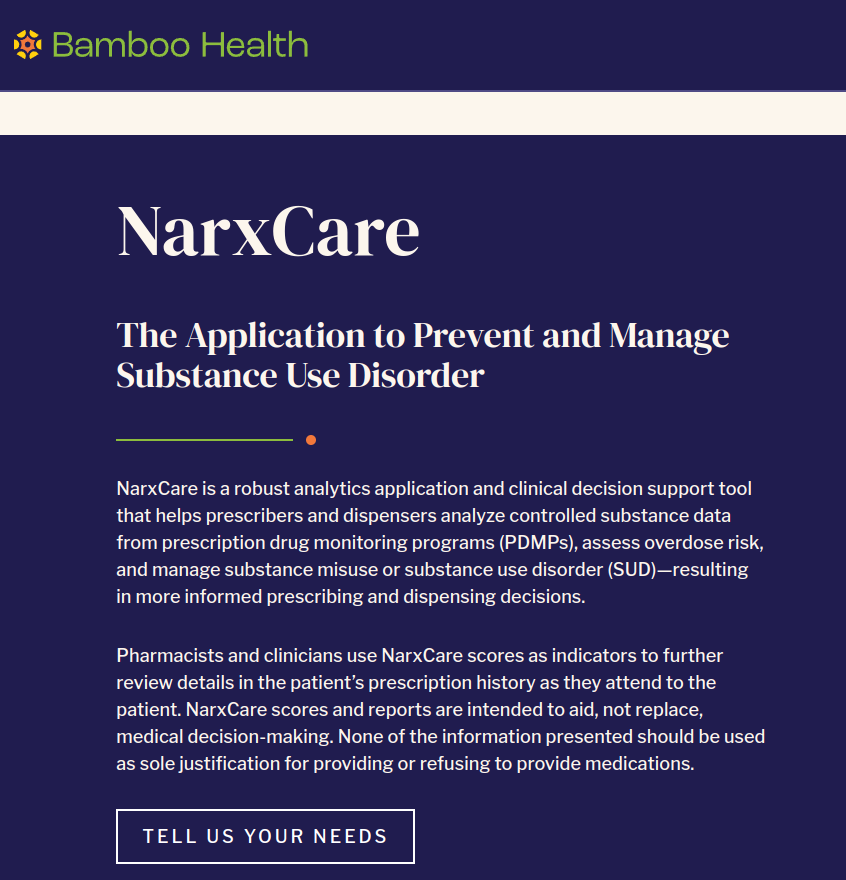Too many cooks in the kitchen. Sounds simplistically over-generalized, but it’s an endemic issue in large-scale activities of all kinds. A bunch of people head out to tackle this big program, service, project, scheme, whatever, and before long they are going their own directions in oblivion, sans oversight. Over the past few decades we’ve had doctors, corporations, computer programmers and of course the government and law enforcement, all keenly interested and involved in medical pain management care – all working against or in ignorance of one or the other to varying degrees, with different and potentially even competing goals in mind.
Szalavitz’ Wired magazine article was the last piece of the puzzle, for me. I’d been ruminating about my recent VA experiences after the previous post, when the epiphany hit me. These people are all working in more-or-less cordoned-off information and knowledge silos. A big, important project like the opiate crises gets everybody gen’d up heading off in different directions, forming big negative feedback loops responsible for the failures.
I was a government-certified opiate addict for a few years recently. Think about that for a minute. It’s not what you might imagine. I was still with Lockheed, at the outset of that little experience. It took a long time for the VA to start writing Tramadol prescriptions – no Madison candyman stories or any of that bullshyt. Then it took three years of waning efficacy on a withdrawal-addiction roller-coaster ride including a couple of red flag episodes before I’d had enough. I transitioned to Cannabis after that, but now I want to know my Narxcare score, both then and now, because I suspect it was a factor in the debacle that followed.
The circle is squared. Like Khazak crypto miners draining their power grid, computer algorithms drive the opioid crises, draining time, energy and money out of society, their cash engines fueled by pain and death. Where have we heard that before?

